Did You Know Not All US Passport Types Are Created Equal?
It may surprise you to find out that there are multiple US passport types, and they are not created equal. “Sure,” you say, “tourist passports vs diplomatic passports — right?” Nope. I’m talking about multiple types of US tourist passports. There’s more than one of these, and some are much better than others. Here’s a look at the different US passport types and why some are insanely better than others.
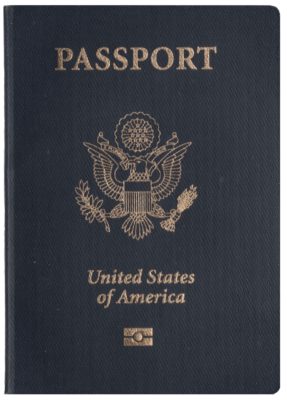
Regular US Passport – 10 Years
Let’s start with the most familiar passport. If you apply for a passport, you’re likely getting this one. If you’re 16 years old or more, you’ll get a passport that’s valid for 10 years. Standard passports have 28 pages, so make sure to check that box for extra pages (52pg) for no extra charge! Anyone under 16 will get a 5-year passport.
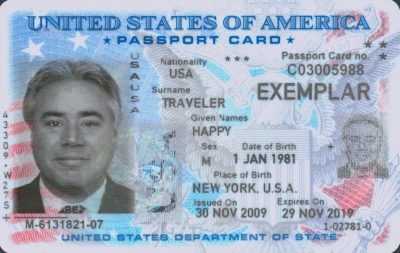
US Passport Card – 10 Years
You might also be familiar with this one, or at least you’ve heard of it. It’s valid only for land or sea crossings between the US and Canada, Mexico, Bermuda & the Caribbean. The positive side is that you don’t have pages to stamp, so you won’t run out of space. The negative is that it’s only valid in these limited instances. The passport card is also valid for 10 years (16+) or 5 years (under 16).
No-Fee Passport – 10 Years
Sounds like a winner, but there’s a catch! No-fee passports look the same as regular passports. Blue cover, pictures are the same, pages are the same. The difference is that these are issued free of charge to people who will need to cross borders frequently but aren’t working for the US government. Ring any bells? Military stationed in another country & their families are the main recipients of no-fee US passports. Additionally, Red Cross and Peace Corps members receive no-fee passports. These have a message on the last page stating that this person is acting in a non-official role but must travel frequently, so please don’t hassle them.
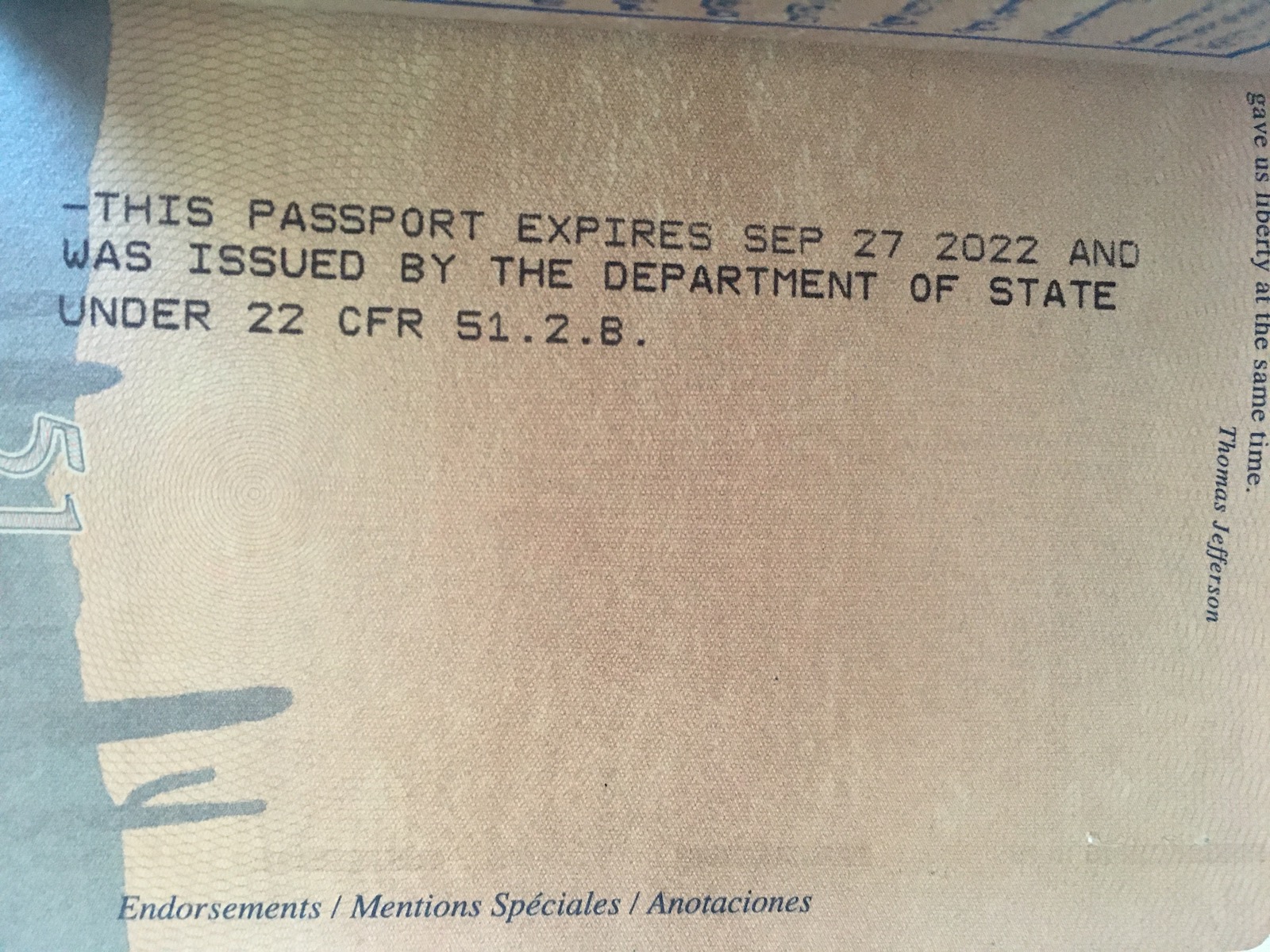
2nd Passport – 4 years
A second passport? Yup, a 2nd passport. I have one! I have 2 separate US passports, both valid at the same time. Why? People who travel frequently to places that require visas or travel to countries that are diplomatic enemies can apply for a 2nd passport. These passports look just like a standard passport. The only difference is that they’re valid only for 4 years, and there’s the above message printed inside the back cover.
Here are 2 good examples of why someone might need a 2nd passport. Example A: you travel to Israel frequently but also need to travel to a country that prohibits visitors who’ve been to Israel. To make this simpler, you can have 2 passports – one to visit Israel and the other for visiting these other countries, so they won’t know you went to Israel.
Example B: I had a trip to 4 countries in Africa planned, all of which needed visas. All of them said I could not apply for the visa more than 1 month in advance. There’s just no way I could get all the visas in time. 2 passports let me get the visas in the 1-month window by sending them to different embassies at the same time. That image above is from my 2nd passport.
Temporary Passport During Gender Transition – 2 Years
For those in the process of gender transition, passports are temporary. They’re only valid for 2 years for those who are still in the process. The good news is that you’re eligible for the full 10-year passport after finishing transition. The State Department article outlines rules and documents for how to get the 2-year or 10-year passport. There’s also an FAQ about it here for those who need help with passport issues.
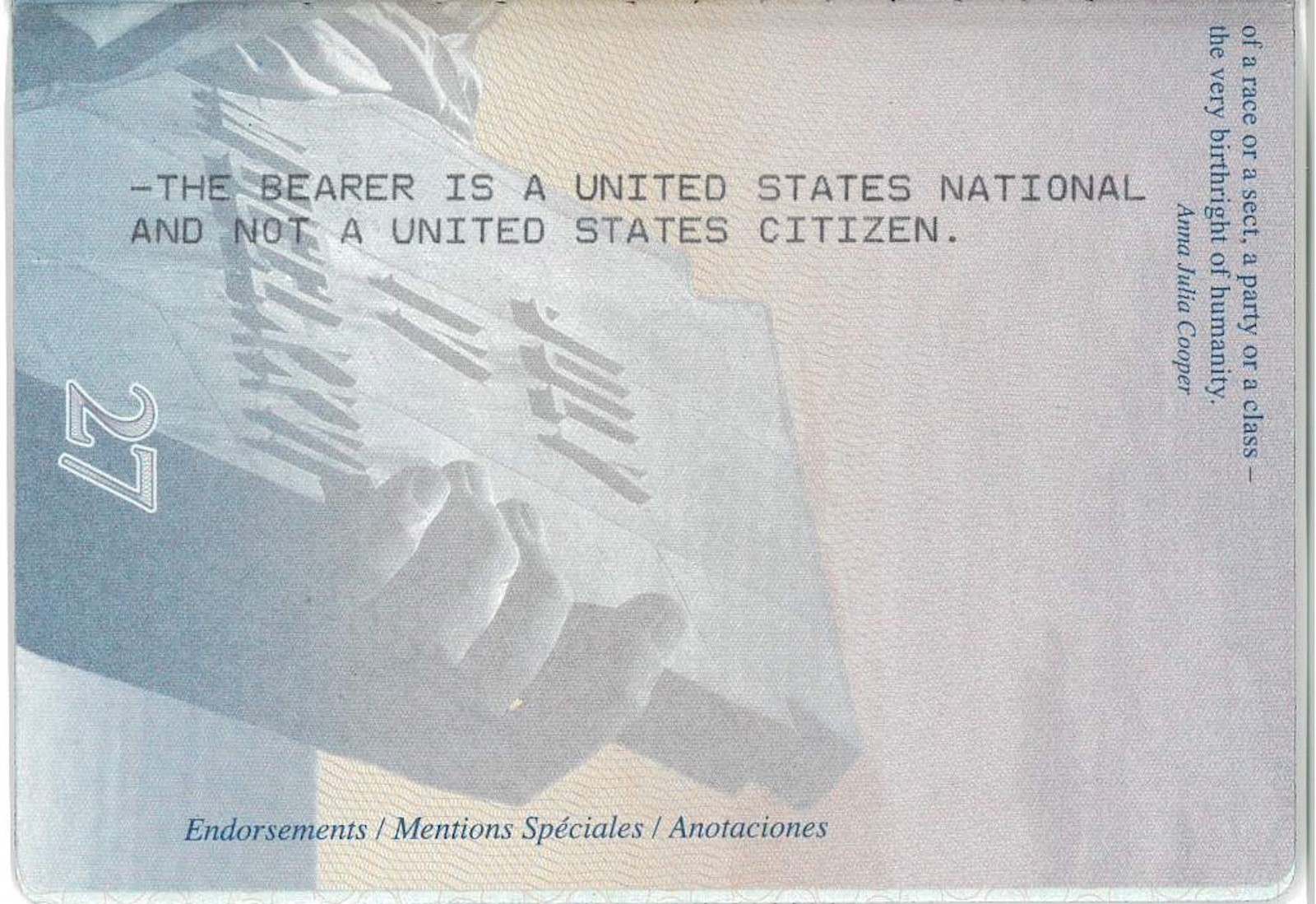
Non-Citizen / National Passport – 10 Years
This is where “not created equal” enters the gray area. In the US Supreme Court case Downes v. Bidwell, 182 U.S. 244 (1901), newly-acquired US territories were described as “belonging to the United States but not a part of the United States”. This is why they can’t vote for President or have Senators, for example. The other territories, however, get full US citizenship at birth. Those from American Samoa don’t. Thus, the last page of the passport clearly states this person isn’t a citizen. Most visa policies refer to “US citizens” being allowed or not. This creates ambiguity when visiting a place that doesn’t specifically address rules for “US nationals”.
Final Thoughts On US Passport Types
It’s interesting to see how various US passport types aren’t created equal. Some are valid for longer than others. And some of them require more hoops to jump through to get. Lastly, the passport for “nationals” who are not “citizens” exists in a gray area for some border crossings. There are even more kinds of passports, if we include government functions, but just within tourist passports there are significant differences among them.


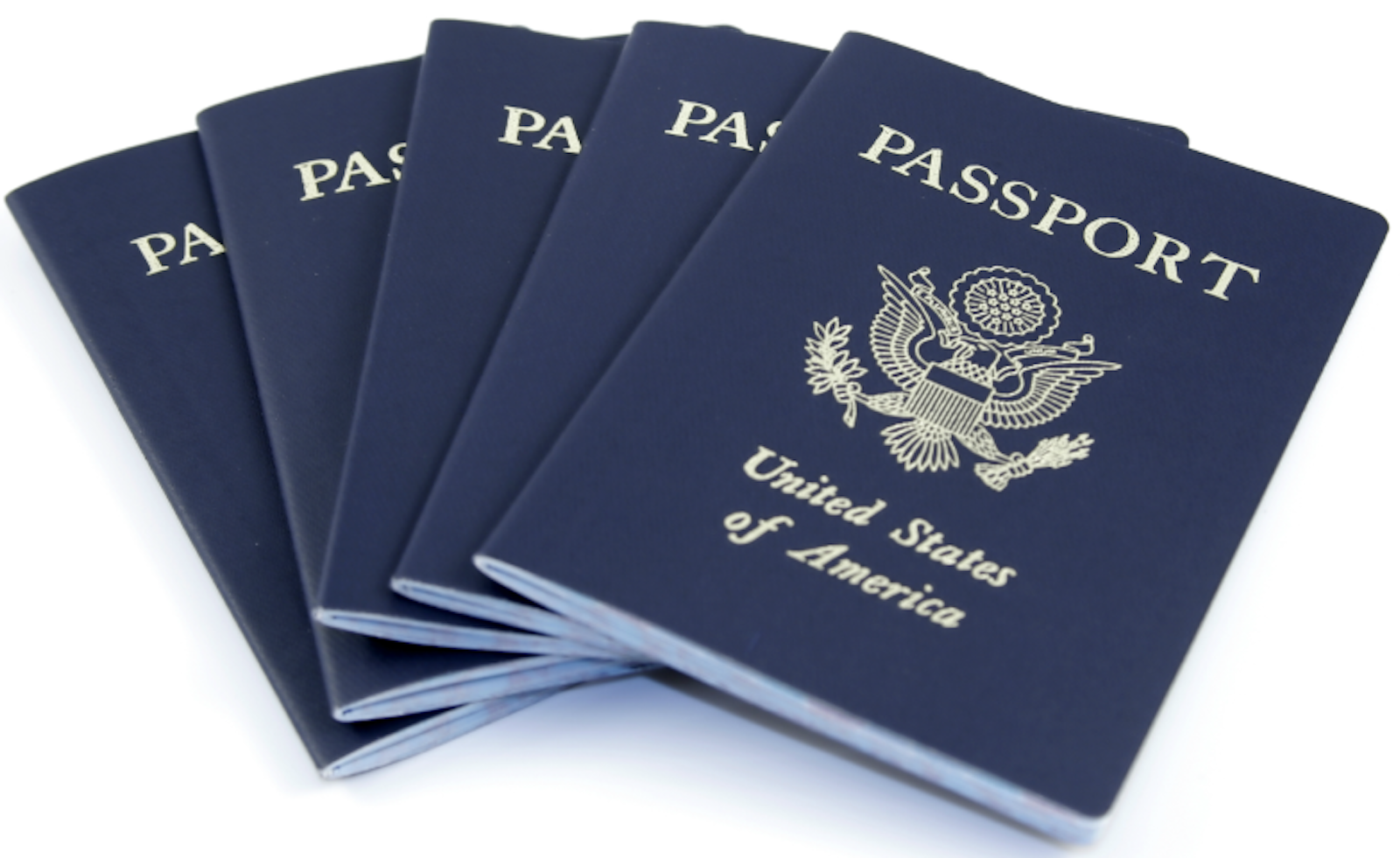

Interesting info I had never researched or read.
With the 2nd passort, do you have to disclose a reason for getting it? If you do, is so another country can’t see where you have previously traveled a reason that will fly for issuance?
Never mind, answer is “yes” I just read the sample letter you attached in the comments.
Correct. “I have trips planned to countries that are not friends with each other” and also “I have trips coming up where I need to travel AND also need to have my passport at an embassy to get the visa for the next trip, but I can’t do them both at the same time” are the 2 most common.
How does one get the 4 year passport?
You apply for it like a normal passport, send your main passport as part of the application, and you can use a sample letter like this – http://alliedpassport.com/cty/2ndpassport-statement.pdf
I didn’t come away seeing how any one is particularly “much better”
Longer validity, can use it more places, and less paperwork to get it / less cost.
What about those factors?
Omitted passports for Federal employees and diplomatic passports. Not sure about military personnel.
Jerry – first paragraph “I’m talking about multiple types of US tourist passports”. I didn’t forget them, the article just isn’t about those.